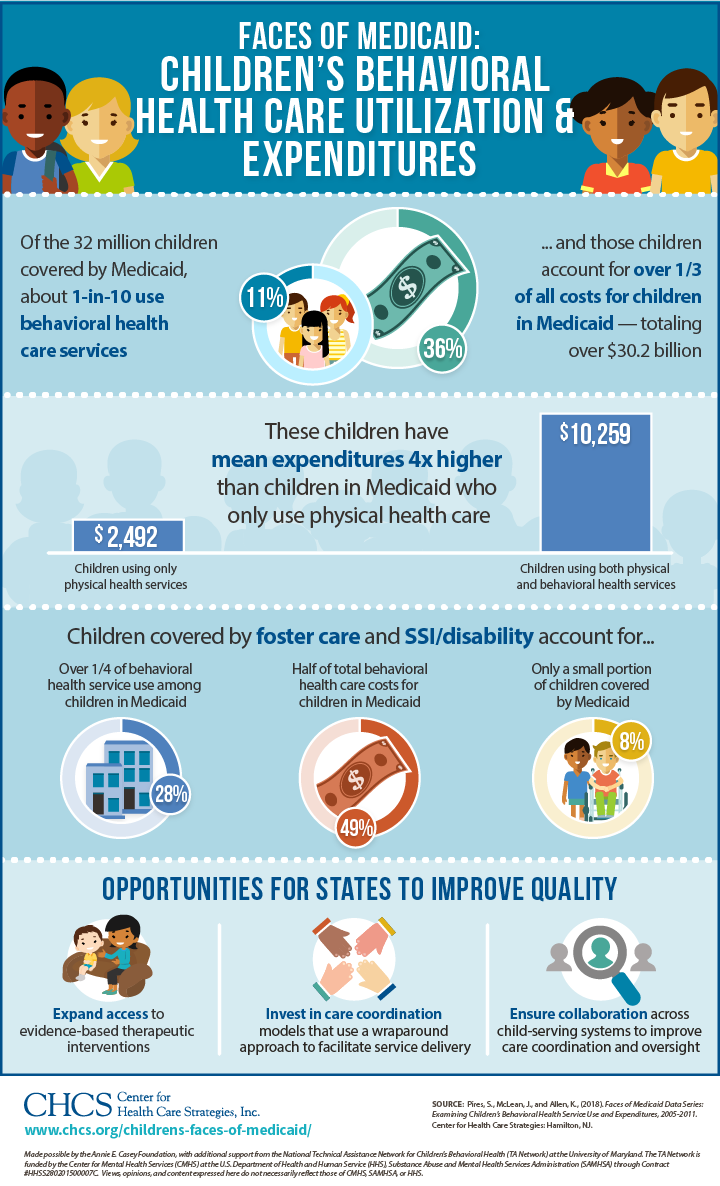Taking A Look At The Conveniences Of Integrated Care Designs In Medical Care Settings

Content Author-Breum Emery
You could be stunned by the substantial impact that incorporated treatment models can have on medical care settings. https://www.magazine.medicaltourism.com/article/global-trends-in-obesity-treatment-key-countries-and-their-advances which these designs revolutionize individual treatment and healthcare delivery is truly impressive. From boosted patient contentment to better health and wellness outcomes, the benefits are vast and impactful. By discovering the complexities of integrated care models, you will certainly gain a much deeper understanding of how they can transform the landscape of medical care stipulation.
Enhanced Patient Satisfaction
By integrating integrated care models in medical care setups, you'll observe a substantial renovation in client complete satisfaction degrees. This boosted satisfaction originates from various elements. First of all, the streamlined sychronisation of treatment amongst various healthcare providers guarantees that individuals get thorough and cohesive therapy strategies. You'll appreciate exactly how this approach lowers the probability of fragmented treatment or contrasting clinical suggestions, bring about a smoother health care experience.
In addition, with integrated treatment versions, you can anticipate increased accessibility to services. By having various healthcare professionals interacting under one roofing, appointments can be much better coordinated, reducing wait times and offering even more comfort. This smooth experience will make you feel much more valued as an individual, recognizing that your time and needs are being prioritized.
In addition, the tailored approach of integrated treatment versions fosters more powerful connections between patients and healthcare providers. You'll gain from collective decision-making processes and individualized care strategies tailored to your particular health needs and preferences. This individualized focus develops a sense of trust and empowerment, ultimately improving your overall complete satisfaction with the treatment you receive.
Improved Wellness Outcomes
Integrating treatment designs in medical care setups can significantly enhance health end results for patients. By integrating medical, behavioral, and social services under one roof, clients obtain even more detailed and collaborated care that resolves their alternative demands. This incorporated strategy brings about enhanced monitoring of chronic problems such as diabetes, high blood pressure, and asthma.
With closer cooperation between healthcare providers, clients take advantage of timely interventions, preventive screenings, and customized treatment plans. As an example, a client with multiple chronic conditions can have their drugs reviewed by both a medical care doctor and an expert all at once, making certain far better drug administration and lowering the risk of unfavorable medication interactions.
Moreover, integrated treatment models help with better interaction among medical care specialists, making it possible for much faster referrals to experts, mental health services, or neighborhood sources as required. This smooth sychronisation ultimately causes boosted health and wellness results, decreased healthcare facility admissions, and overall much better quality of life for clients. By focusing on a patient-centered technique, incorporated care designs in health care setups pave the way for healthier neighborhoods and individuals.
Boosted Performance in Care Administration
Transitioning from improved health and wellness end results, the assimilation of treatment designs in health care settings enhances procedures, causing enhanced efficiency in care administration.
By implementing incorporated care designs, healthcare providers can coordinate services more effectively, lowering duplication of initiatives and guaranteeing that clients obtain prompt and appropriate treatment.
Via shared electronic wellness records and communication systems, info moves perfectly in between healthcare experts, making it possible for quick decision-making and enhancing total treatment control.
This streamlined approach not only saves time but also decreases mistakes and improves individual fulfillment.
Additionally, incorporated treatment models promote positive monitoring of persistent conditions, allowing for very early treatment and safety nets that can inevitably decrease health care prices.
Collective treatment groups interact to resolve the holistic needs of individuals, guaranteeing that all aspects of their wellness are considered and managed efficiently.
Conclusion
In conclusion, incorporated care models in health care settings offer a variety of advantages, including:
- Boosted person complete satisfaction
- Boosted health results
- Enhanced efficiency in care management
By simplifying sychronisation of treatment, offering extensive services, and making use of shared electronic wellness records, these designs help provide far better outcomes for patients.
Accepting integrated care can result in a more patient-centered method that boosts general health care distribution and outcomes.

